Western Turkey is rich with cultural and historical sites as well as stunning natural beauty. The region has previously played host to a great number of ancient civilisations. The Western region of Turkey stretches from Istanbul, all the way along the Aegean coast to the southern seaside resort of Marmaris, past pristine beaches, traditional towns various UNESCO World Heritage sites. Turkey Tours can take you to visit some of the region’s top destinations and highlights including vibrant bazaars, local markets and ruined cities.
Bursa and Cumalikizik
Surrounded by rolling hills, rugged mountains and thick forests, Bursa is rightly known as the Green City. Located just two hours from the cultural hub of Istanbul, the city is nestled into the steep slopes of Mount Olympus (Uludag) on the edge of the Sea of Marmara. Historically a textile producing town, the modern city retains its industrial heritage and some of the finest Turkish silk can be purchased at one of Bursa’s bustling Bazaars. The city was once the capital of the Ottoman Empire and is known for its 13th-14th century architecture, traditional Hammams and ornate mosques.
Aside from the beautiful green parks and lively boulevard, one of the main reasons for visiting Bursa is to make a trip to the Cumalikizik Outdoor Ethnographic Museum. Technically a museum but this historic village is unlike your average gallery. Here you can walk through the cobbled stone streets which host over 250 wood and stone houses dating back to early settlements and ancient tribes. The unique village is situated at the foot of Mount Uludag, just 10 kilometers from Bursa’s city centre.
Pamukkale and Hierapolis
Legends say that the UNESCO acclaimed city of Hierapolis, with its sacred thermal pools, was founded by the God Apollo and that the vapors of the waters contain rich healing qualities. The Ancient spa cities sits at the base of a steep cliff, with an extensive museum, preserved stone buildings and mile wide necropolis containing elaborately decorated tombs and open sarcophagi. The best part of a visit Hierapolis the unique experience of dipping into the thermal waters of a 2,000-year-old sacred pool with gigantic marble columns and ancient artifacts on the floor beneath your feet.
High above the ruined city is the regions equally popular attraction, Pamukkale, meaning ‘Cotton Castle’. The site is another of Turkey’s natural phenomenons and a breathtaking site. Here calcium-white travertine pools cling to the side of the valley while curative thermal waters cascade over the naturally formed terraces. You can also pop into the waters here and relieve your muscles after the tough climb from Hierapolis and take your time to appreciate the magnificent view.
Ephesus and Selcuk
Ephesus is one of the most famous sights in Western Turkey, the UNESCO World Heritage site is the location of one of the oldest Greek civilisations in the world and also one of the best preserved. Once a capital on the Asian Minor, Ephesus was a prosperous port city during the rule of the Roman Empire. The most impressive structure remaining in the 2000-year-old city is the amphitheater which can seat up to 25,000 spectators, there are also some impressively preserved mosaics and marble columns in the ruined Temples
The famous site is located just a few kilometers from the traditional Turkish town of Selcuk, which has good transport connections to other popular locations in Western Turkey and plenty of quaint guesthouses and local restaurants. The town is also well known for its weekly market. Locals travel from some of the region’s most rural villages to sell their produce on the pop up stalls which dominate the small streets from sunrise to sunset each week. It’s a fantastic opportunity to taste some Turkish food at one of the temporary restaurants, or browse for gifts among the covered stalls.
The area around Selcuk is also abundant with historical and cultural sights. In wine making village of Sirince, just 7 kilometers away, examples of pretty Greek houses with blue doors and red tiled roofs hide between vineyards and apple orchards. Also within a short distance of Selcuk is the Virgin Mary’s house, Temple of Artemis, Cave of the Seven Sleepers and the flash resort town of Kusadasi located less than an hour away, on the Aegean coast, the town offers plenty of fine beaches for swimming.
Canakkale and Gallipoli
Canakkale sits on the narrowest point of the Dardanelle Strait, across the banks from the Gallipoli Peninsula which is home to the famous World War I Battlefields. The pretty university town is not so frequently visited by international tourists but despite its many attractions, home to historical and naval museums, cobbled stone streets, a scening promenade and perhaps most interestingly, fresh from the Troy movie, a huge wooden horse. Canakkale also lays claim to Trojan heritage and boasts an ancient settlement dating back to the year 3000 BC just outside the town centre as well as a 15th century fortress which sits upon a hill on the opposite side of the river. Around the town you can also see the clock tower, spend some time in the many bars and restaurants or stroll along the city walls.
Across the Dardanelle Strait lies the Gallipoli Peninsula, dotted with quaint seaside towns which are usually visited on Anzac Day Tours and multiple monuments the fallen soldiers of the Battle of Gallipoli. Around the end of April this reason becomes packed with both Turkish and international visitors, particularly from Australia and New Zealand, who come to pay their respects and attend the Anzac Day ceremonies. These are typically held at the Chunuk Bair and Lone Pine Memorials from sunrise to about midday. Points of interest on the Peninsula include also visit the 57th Turkish Infantry and Ariburnu Cemeteries, original Turkish and Anzac trenches, The Nek, Anzacs Cove, where the Australian and New Zealand forces first arrived to, a sunken war craft still lays beneath the waves, and the battlefields themselves.

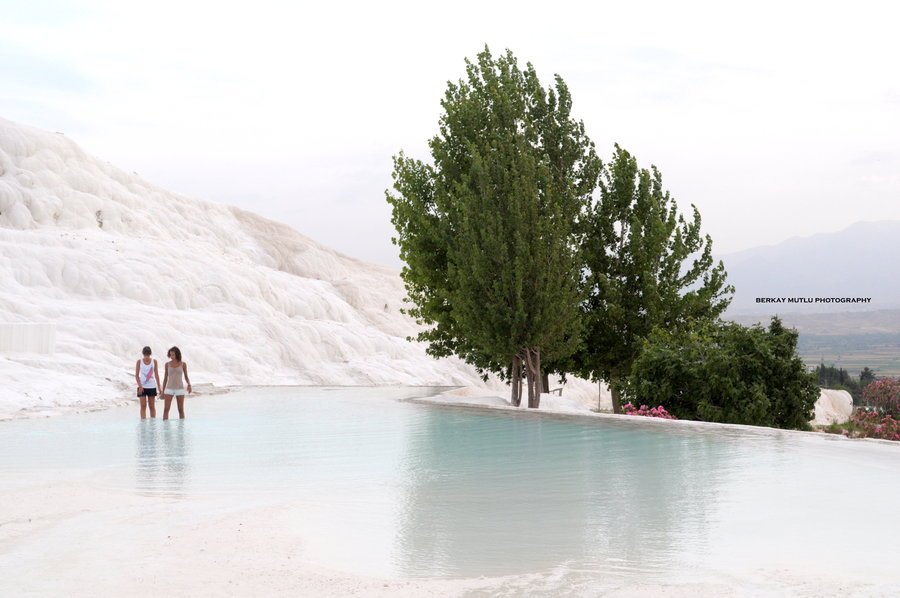
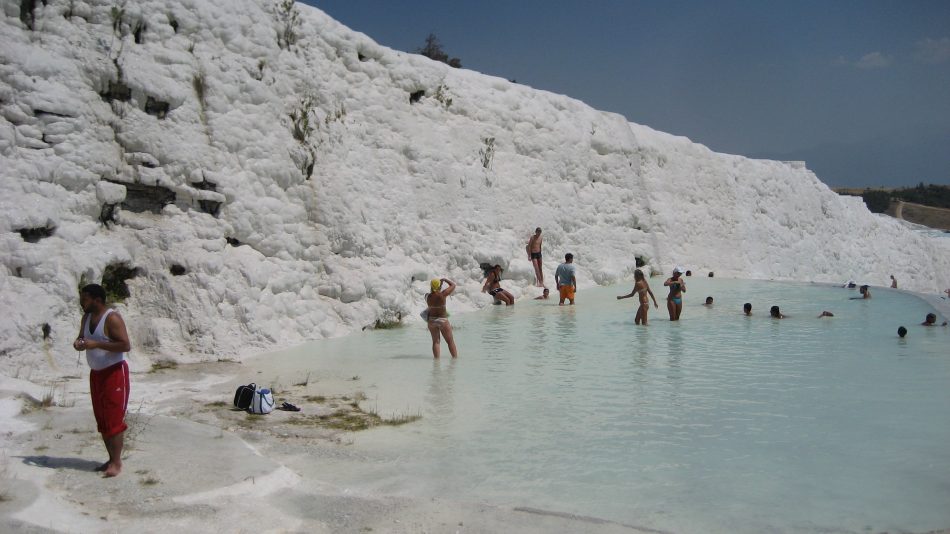
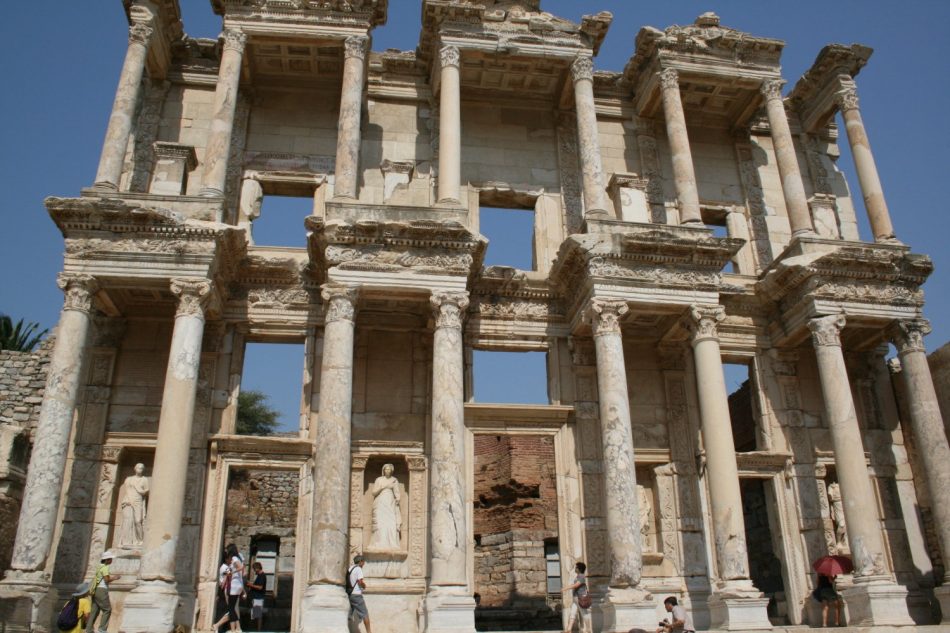
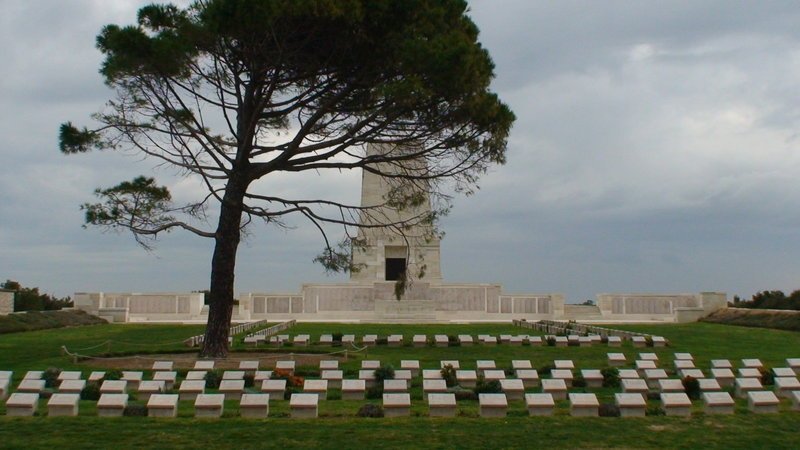

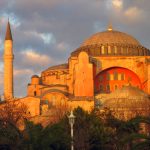


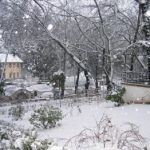

Leave a Reply